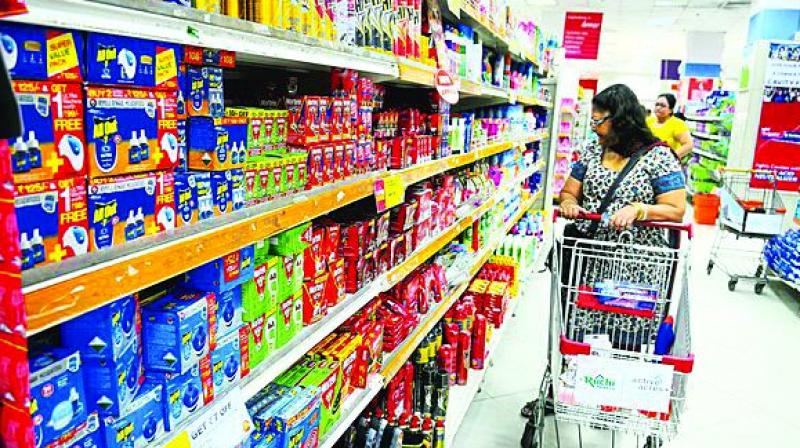Rural-Urban Consumption Dynamics in India

Over the past decade, India has witnessed a notable rise in consumption spending in both rural and urban areas, indicating a shift in economic dynamics and lifestyle choices. This increase in consumption expenditure reflects various socio-economic factors, including changes in income levels, urbanization trends, shifts in food habits, and government policies aimed at boosting rural economies. By delving into the disparities between rural and urban areas, examining the trends in rural and urban Monthly Per Capita Expenditure (MPCE), and exploring the evolving food habits of the populace, a comprehensive understanding of this phenomenon emerges.
To begin with, it's imperative to acknowledge the significant disparities that exist between rural and urban areas in India. Historically, urban centers have been hubs of economic activity, attracting investment, infrastructure development, and skilled labor. Consequently, urban areas tend to have higher income levels and greater access to amenities such as education, healthcare, and entertainment compared to rural regions. However, rural areas, where a significant portion of India's population resides, often grapple with challenges related to infrastructure, employment opportunities, and access to basic services.
Despite these inherent disparities, data suggests that both rural and urban areas have experienced a comparable rise in consumption spending over the past decade. This trend underscores the changing economic landscape of the country, with rural regions emerging as important contributors to overall consumption growth. One of the primary drivers of this trend is the increasing connectivity and penetration of technology in rural areas, which has facilitated access to markets, financial services, and information, empowering rural households to enhance their purchasing power.
Examining the Monthly Per Capita Expenditure (MPCE) provides valuable insights into the spending patterns of households in rural and urban areas. MPCE serves as a proxy for the standard of living and consumption behavior, capturing expenditures on various goods and services, including food, housing, education, healthcare, and transportation. While urban MPCE tends to be higher than rural MPCE due to higher income levels and cost of living, the gap has been narrowing over time.
This convergence in MPCE between rural and urban areas signifies a more equitable distribution of consumption spending and reflects the rising prosperity in rural regions. Government initiatives such as the Mahatma Gandhi National Rural Employment Guarantee Act (MGNREGA) have played a crucial role in enhancing rural incomes and stimulating rural consumption, thereby reducing the disparity between rural and urban MPCE.
Furthermore, the changing food habits of the Indian populace have contributed to the evolving consumption patterns observed in both rural and urban areas. Traditionally, rural diets were characterized by staples such as rice, wheat, and lentils, supplemented with locally sourced fruits, vegetables, and dairy products. In contrast, urban diets were more diverse, influenced by globalization, urbanization, and increased disposable incomes, leading to greater consumption of processed foods, fast food, and exotic cuisines.
However, with rising health consciousness and awareness about nutrition, there has been a noticeable shift towards healthier and more balanced diets in both rural and urban areas. This trend is driven by factors such as increasing health awareness, lifestyle diseases, and government campaigns promoting healthy eating habits. As a result, there has been a surge in demand for organic produce, whole grains, fresh fruits, and vegetables, reflecting a broader societal emphasis on health and wellness.
In conclusion, the equivalent rise in consumption spending in rural and urban areas of India over the past decade signifies a transformative shift in the country's economic landscape. Despite lingering disparities, rural regions are increasingly contributing to overall consumption growth, aided by initiatives aimed at rural development and poverty alleviation. The convergence in Monthly Per Capita Expenditure between rural and urban areas underscores the progress towards a more inclusive and balanced economic growth trajectory. Moreover, the changing food habits of the populace reflect evolving preferences towards healthier and more sustainable lifestyles, shaping consumption patterns across the country. As India continues on its path of development, bridging the gap between rural and urban areas and promoting equitable access to resources and opportunities will be paramount for sustained and inclusive growth.

